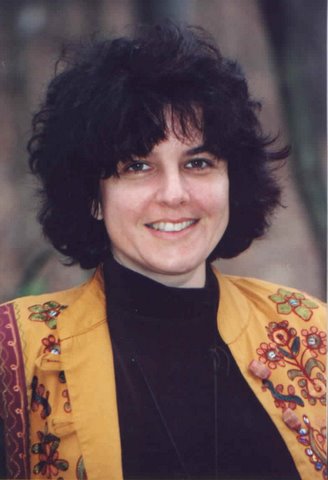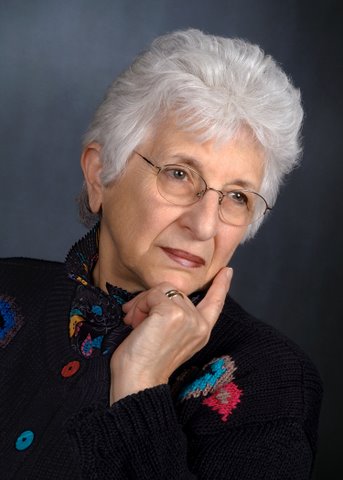
| About Free Subscription Donate Contact Us Links border="0" /> Archives | ||||||
The Living Judaism feature in each issue focuses on Jewish spirituality, meaning and activism with invited columns written by rabbis belonging to the various movements of Judaism. Jewish clergy interested in writing for Living Judaism are invited to make contact with Rabbi Goldie Milgram at judaism @ pjvoice.com A Community of Voices
A few times in the service three women who are at various points in the 11-month period of mourning rose to recite the Kaddish, one for her father, two for their mothers. As they stood and recited the chant I listened, somehow more intently than ever before. I found myself listening for each voice, and then for the three. Would I be able to distinguish single voices when all three were in the same beat and chanting in unison? I heard each one. And when I listened for the three I heard the group. It was a little uncanny, and quite wonderful at the same time. Something occurred to me at that extended moment. Each of these women is strong, accomplished, articulate; they can be and are individually heard. They can also and do present as a blend of voices. And, the listener can hear them, each singly and all together. We recite the Kaddish individually, but need a minyan for the response. We need to hear each other as individuals as well as groups. We need to hear all the voices in our tent. We are a community of voices. Previous Features
|
||||||
© 2006. Permission is hereby granted to redistribute this issue of The Philadelphia Jewish Voice or (unless specified otherwise) any of the articles therein in their full original form provided these same rights are conveyed to the reader and subscription information to The Philadelphia Jewish Voice is provided. Subscribers should be directed to http://www.pjvoice.com/Subscribe.htm. |

